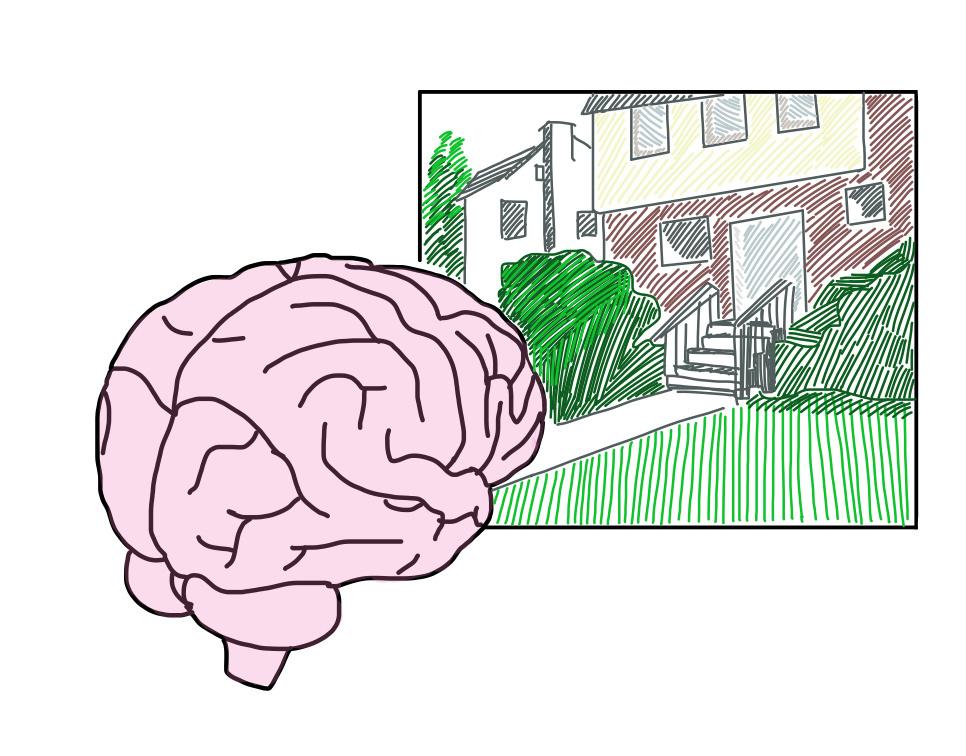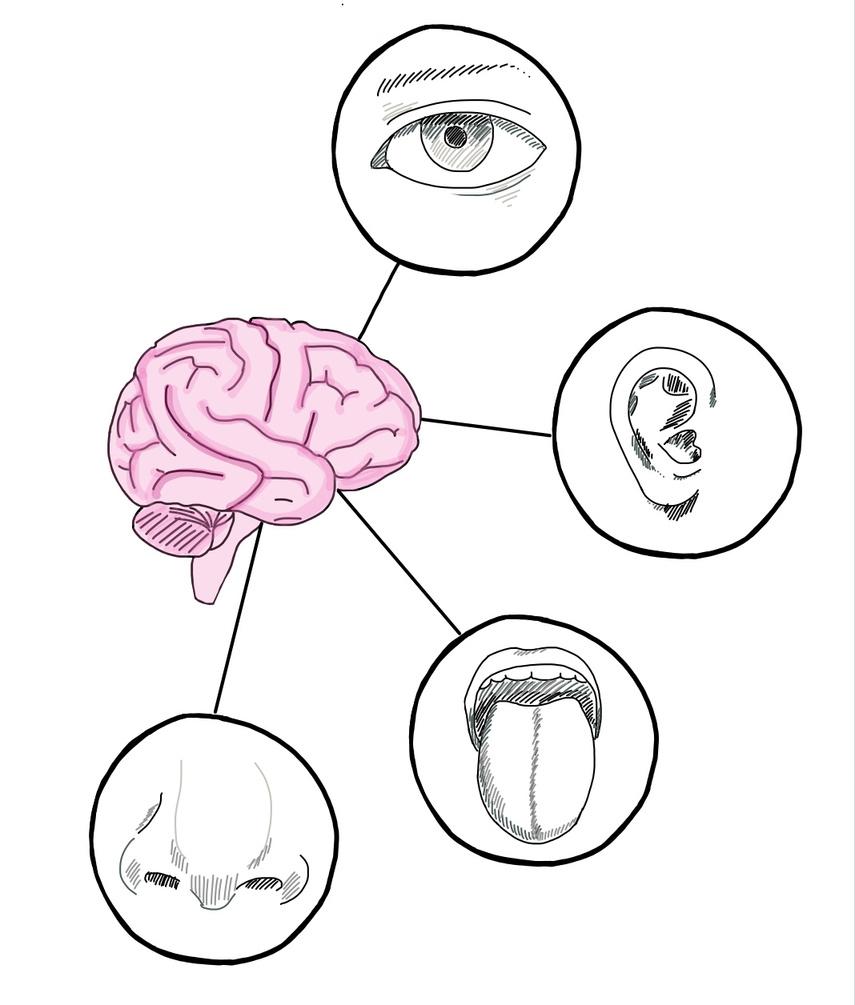
2 minute read
The Master organ: our wrinkly Brain
from 2023 Biology Edition
by scienceholic
Author: Hiba Zwaine
Editors: Yanxi Chen and Angela Pan
Advertisement
Artist: Serena Zhou
What is perception in the human brain? Perception relies on 4 senses–visual, auditory, gustatory, and olfactory. Each of these is grouped together, sending signals to the brain. Read this article to find out more about how our brain responds to scene depictions.
"More than half of the cortex, the brain's interface, is dedicated to visual processing," explains Williams, the William G. Allyn Professor of Medical Optics. How our brain interprets scenes visually and neurally is a concept that science is still developing, but recent studies have begun to make breakthroughs. Humans are strikingly capable of recognizing and comprehending intricate real-world scenarios A prime goal of vision science is to discover the cognitive foundations of this capacity
Henderson and Hollingworth definitively view scenes as “semantically coherent (and often namable) views of a real-world environment comprising background elements and multiple discrete objects arranged in a spatially licensed manner.”
Scene perception, according to this conception, can be advantageously compared to object perception: whereas objects are physically condensed entities upon which one acts, scenes are spatially scattered things within which an individual behaves It is not surprising that humans
The Master organ: our wrinkly Brain
are extraordinarily adept at scene perception: we grasp landscapes, cityscapes, and rooms just as easily as we understand faces, bodies, animals, and equipment People desire to navigate the spatial aspect of a situation so that they may carefully prepare how they will deal with its presence
Psychological work has been supplemented over the last 20 years by a growing line of neuroscience research, which was sparked by the discovery of the parahippocampal place area (PPA), a ventral pathway region that responds strongly in FMRI studies where participants view scenes (landscapes, cityscapes, and rooms), but less strongly when they view objects (faces, bodies, and artifacts). Subsequent research discovered two more brain areas with a sceneselective response: one in the medial parietal/retrosplenial region and one in the dorsal occipital lobe. Therefore, according to neuroimaging research, three cortical areas respond preferentially to scenes: the parahippocampal place area (PPA), the retrosplenial complex/medial place area (RSC/MPA), and the occipital place area (OPA) which is the brain region’s most important for scene perception. All of these regions have significant research potential.
The PPA is the first scene responding locus or region and appears to be a component of a medial substream that varies operationally from more lateral features on a range of scales (e g , medial vs lateral preference for inanimate vs living items, large vs tiny objects, and places/scenes vs. faces/bodies). The second scene-responsive region or locus is the Retrosplenial Complex/Medial Place Area (RSC/MPA). The retrosplenial complex area of the brain supports a variety of cognitive operations such as memory recall, guidance, ideation, and decisionmaking The Occipital Place Area (OPA) is the third scene-responding region or location The existence of a retinotopic structure is one of the fundamental properties of the visual cortex: neighboring spots on the cortex respond to stimulation from nearby places in visual space. The functional properties of all the regions aforementioned (PPA, RSC/MPA, and OPA) have yet to be explored and most likely have properties beyond what research has shown us till now
Regardless of the fact that the scene










